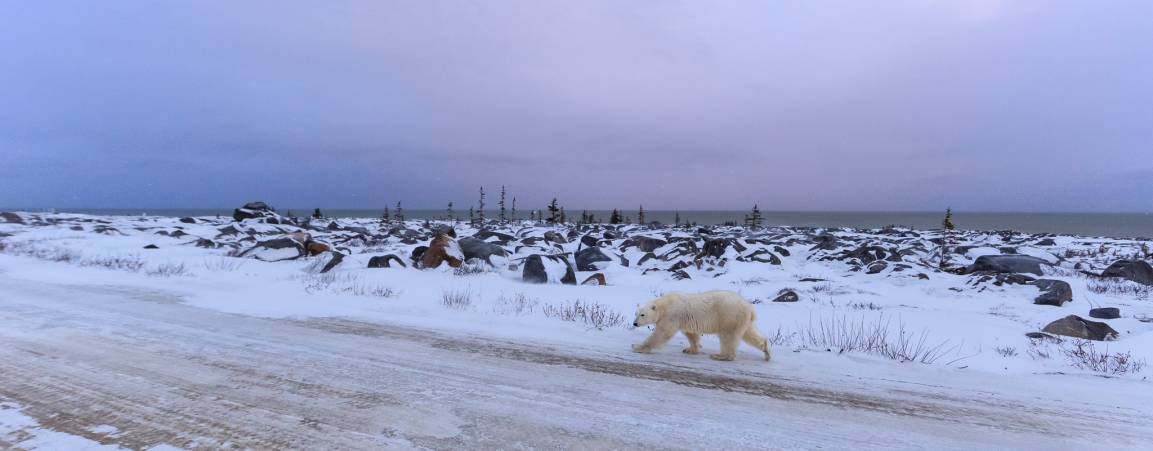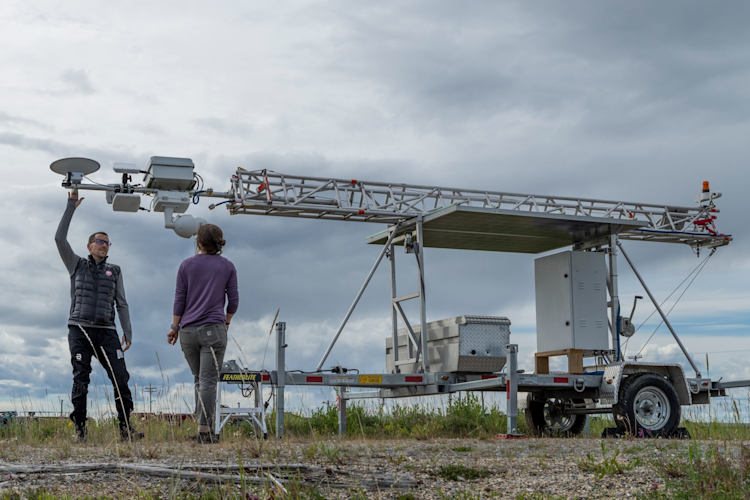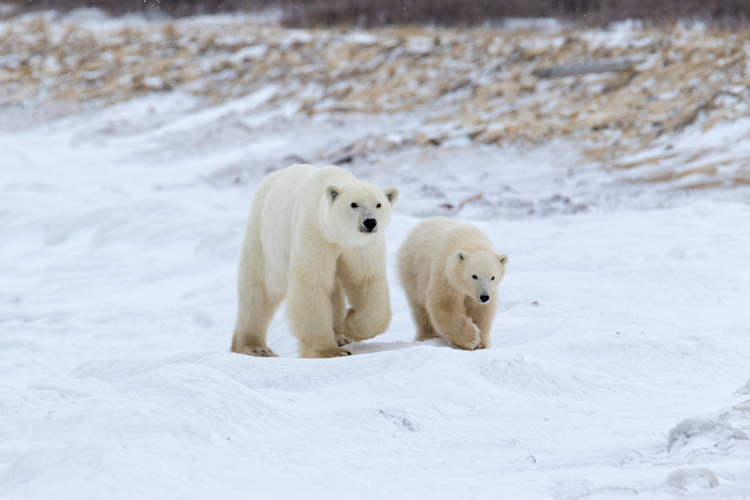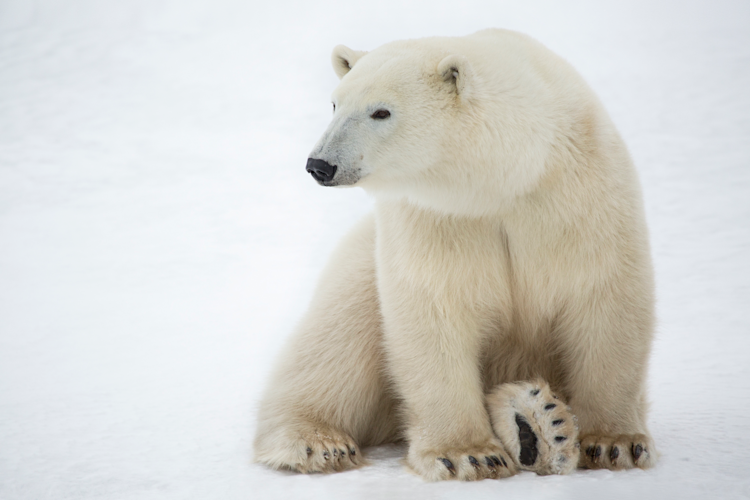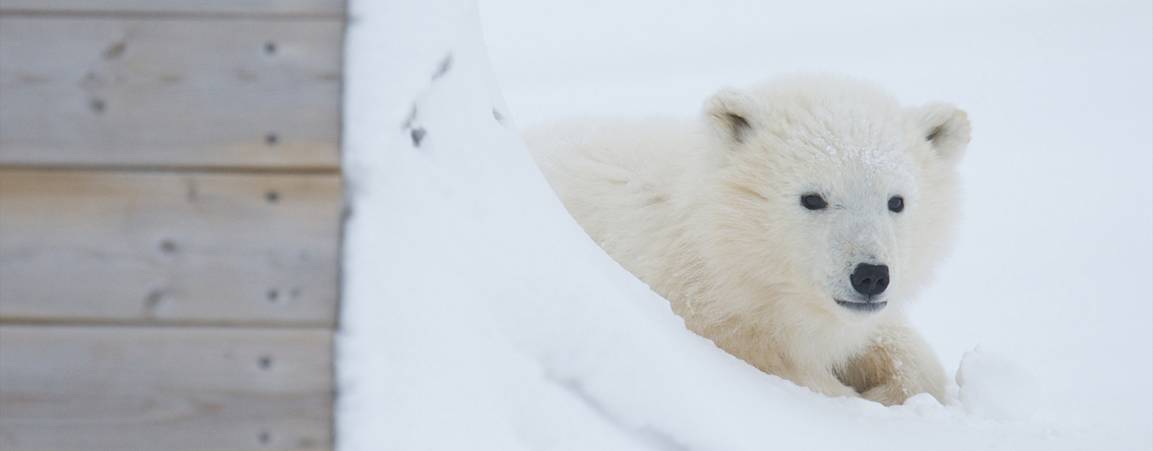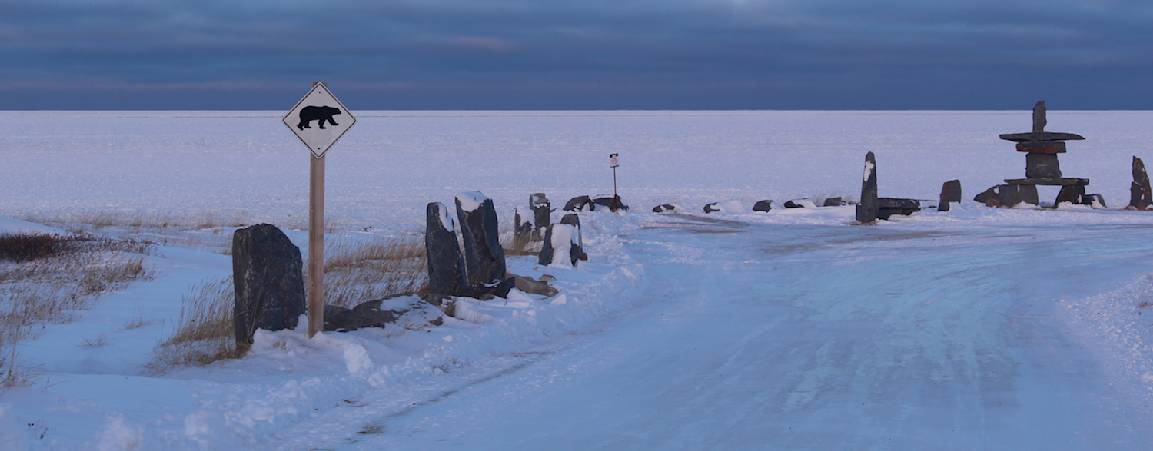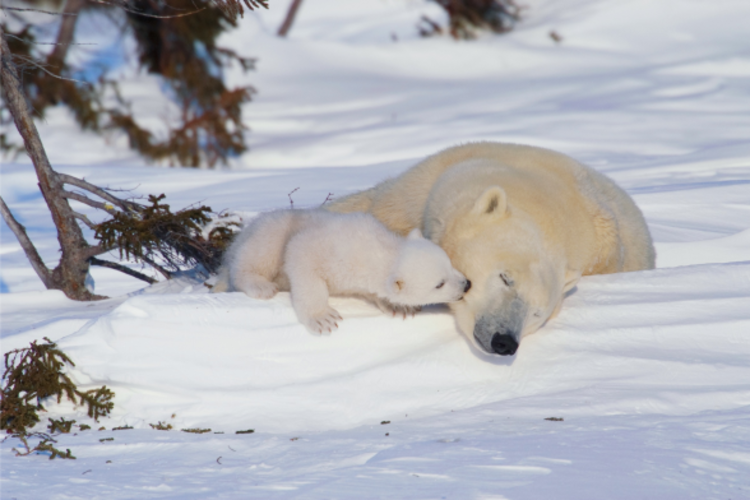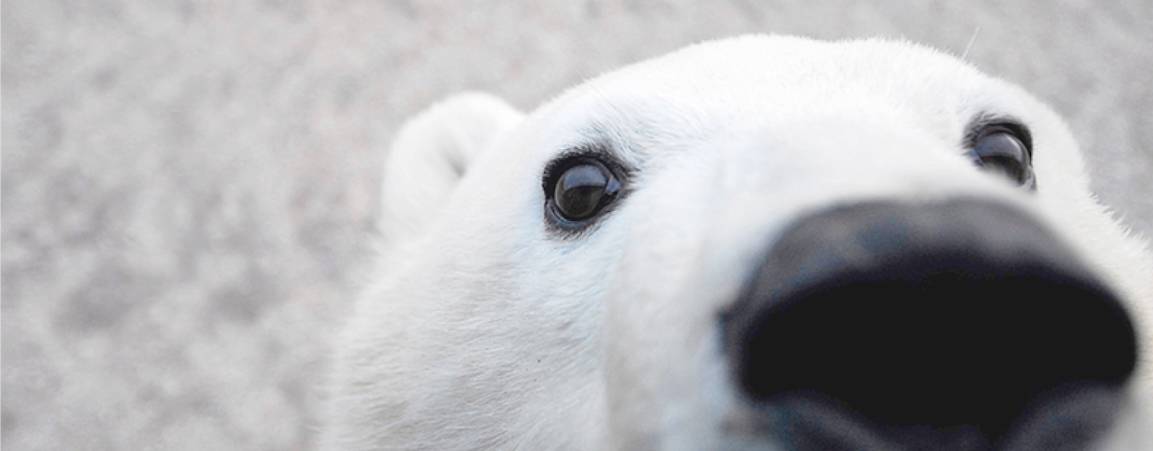Photo: Madison Stevens / Polar Bears International
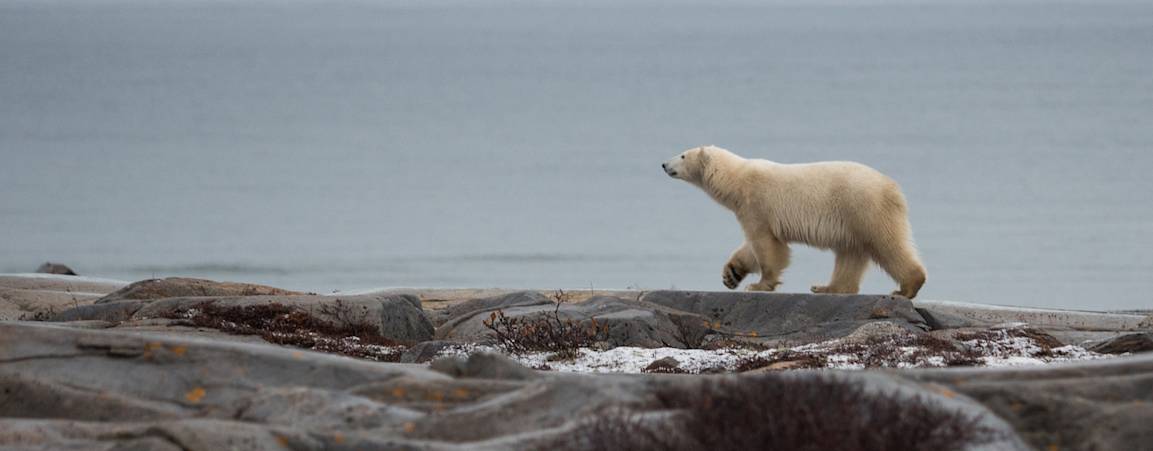
Human-Bear Coexistence
We work with partners on projects related to conflict-reduction, with a goal of helping polar bears and people live safely with each other.
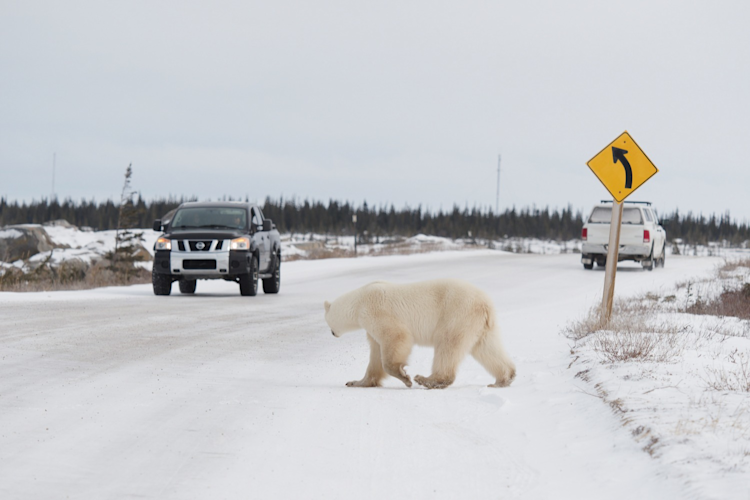
Photo: Daniel J. Cox
A Growing Problem
As the Arctic warms and the sea ice melts, more polar bears are spending more time ashore in more places, and for longer periods. This has led to an uptick in polar bear-human encounters, sometimes with tragic results. Our coexistence efforts address these issues.
Working with Communities to Reduce Conflict
To reduce conflict and foster coexistence, we support community efforts to become “bear safe.” This includes supporting the Town of Churchill and its Churchill Bear Smart group. The goal is to set recommendations and establish protocols to minimize negative encounters between polar bears and people, allowing both to thrive. In addition, we are working with Cree communities in northern Ontario on bear-safe measures that meet their unique needs, and have started collaborating with the Ny-Ȧlesund community on Svalbard on safety materials, deterrence tools, and training.
Photo: Kt Miller / Polar Bears International
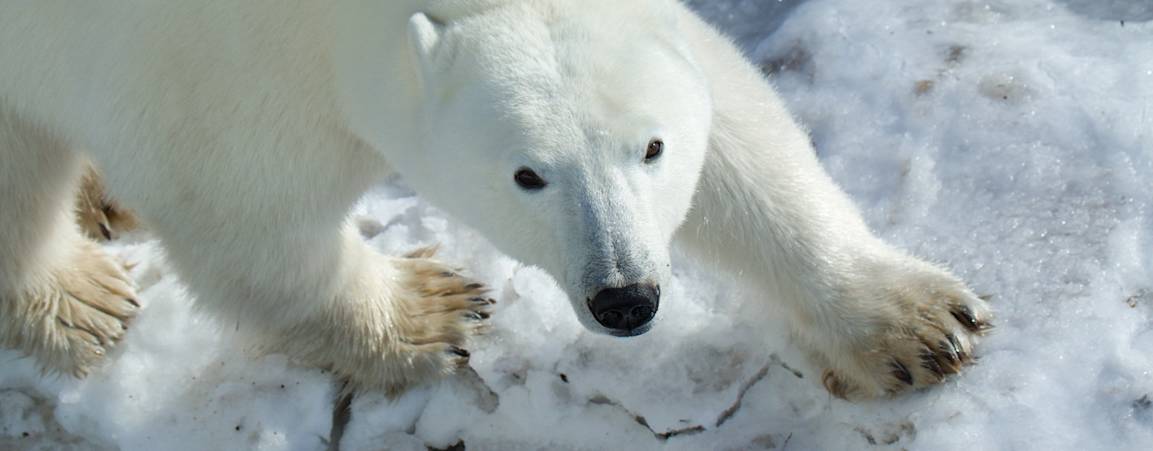
Standardized Safety Messaging
To ensure that “bear safe” messaging is clear, consistent, and easy to follow, we helped create standardized language on how to coexist with polar bears, based on the best available information. We share this through various channels, tailored to different parts of the Arctic, as in the examples below.


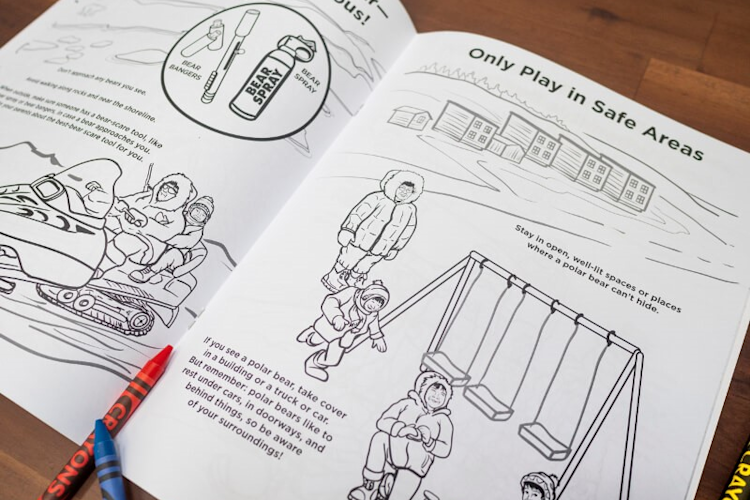
Polar Bear Safety Coloring Books
Coloring books are a fun, non-threatening way to help kids learn to live safely around bears. The coloring books are part of our wider conflict-reduction efforts, with versions tailored to communities in Canada, Greenland, and Russia to date, with more in the works.
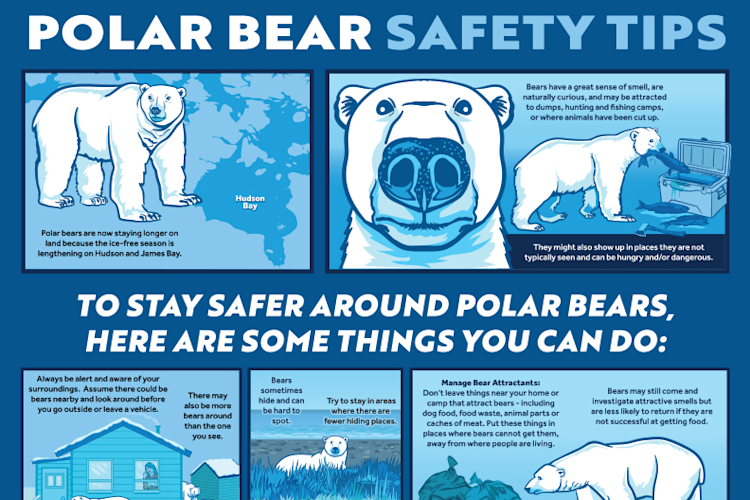
Polar Bear Safety Posters
As part of our bear-safe messaging, we worked with partners to develop polar bear safety posters in English and in Cree for the Town of Churchill and northern Ontario communities, based on their unique needs. The information can be personalized for use in other places.
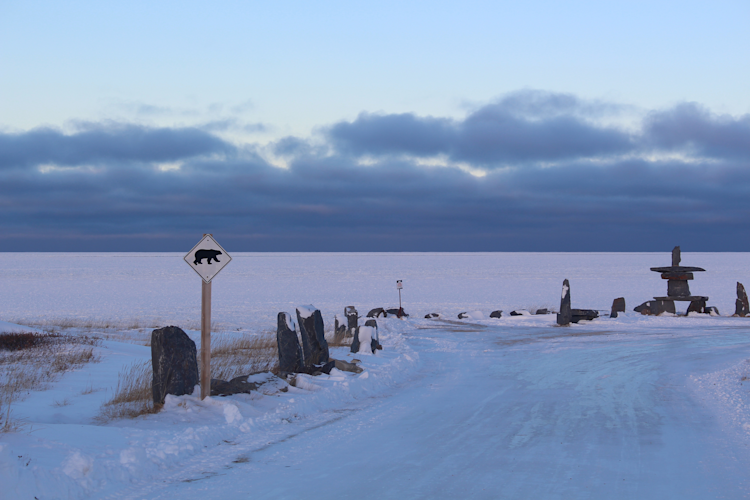
Polar Bear Safety Video
We recently supported the efforts of the Churchill Bear Smart Group in producing a video for residents and visitors on how to stay safe around polar bears, based on the town's unique situation as a global destination for polar bear viewing. The approach can be adapted for use elsewhere.
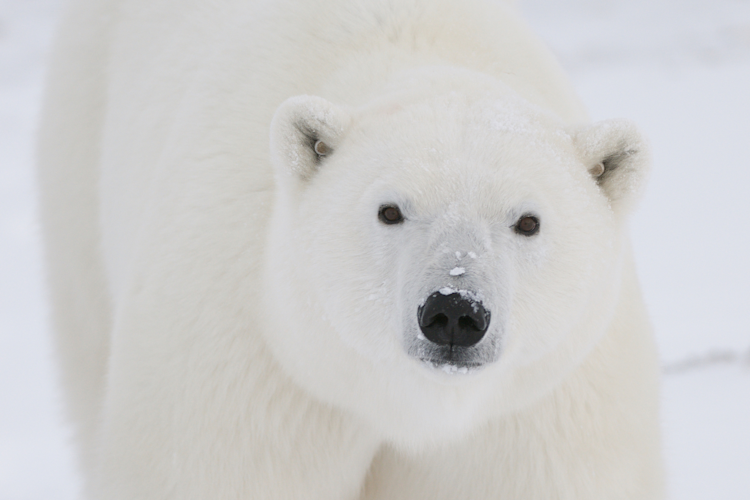
Photo: BJ Kirschhoffer / Polar Bears International
Bear-Safe Tools
From deterrence tools like bear spray, cracker shells, hand-held flares, and high-powered flashlights to proper waste disposal to minimize attractants, we share data on the best tools and practices, working with Arctic communities to identify the tools they need to stay safe. These tools also include new, specially designed polar bear culvert traps to help relocate bears that may pose a threat to human safety.
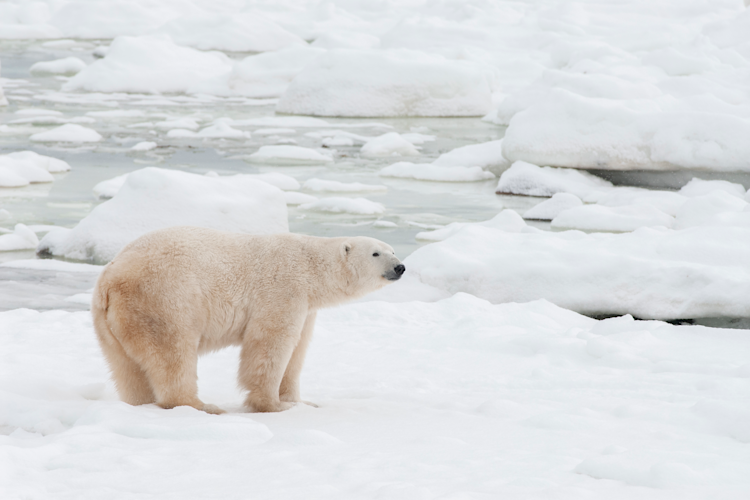
Photo: BJ Kirschhoffer / Polar Bears International
Indigenous Knowledge
Indigenous peoples in Churchill, Manitoba, Canada, have a deep understanding of how to live safely with polar bears. We recently supported a research project that relied on storytelling to explore Indigenous views of coexistence. Participants included Swampy Cree, Sayisi Dene, Métis, and Caribou Inuit Elders and Knowledge Keepers. They shared insights on living alongside polar bears in the distant past, recent past, and present, as well as their visions for the future.
Research Support
How often do bear attacks occur and what are the root causes? Is bear spray effective in Arctic conditions? Can “bear-dar” detect an approaching bear? By answering these, and other, questions we can help communities reduce risk and prepare for potential encounters.


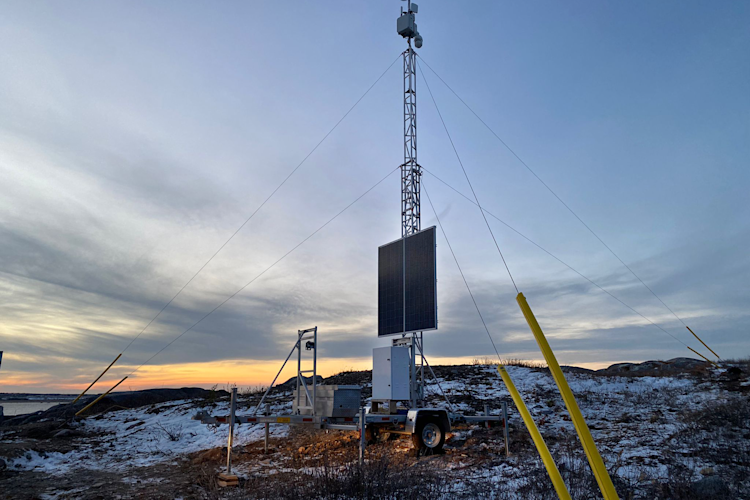
Detect to Protect Radar
Being able to detect an approaching polar bear even at night or in fog or heavy snow would help communities avoid negative encounters. We are testing whether radar systems, or “bear-dar,” can warn residents of a nearby bear, giving them time to respond.
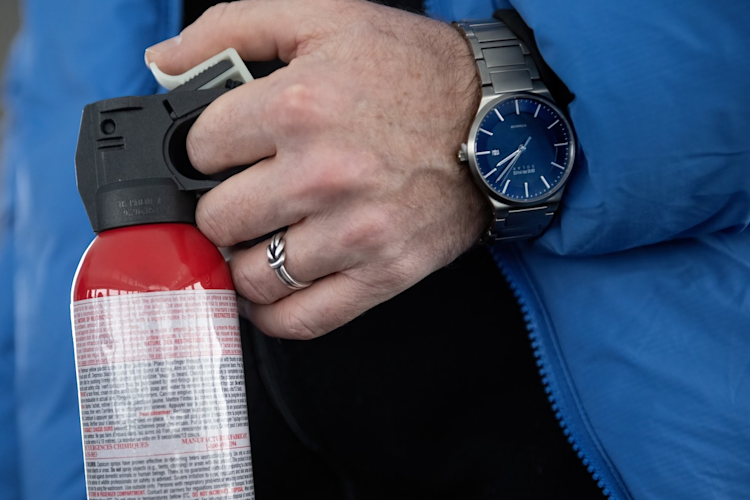
Best Deterrents
Working with partners, we’re researching the effectiveness of various deterrents in defusing an encounter with a polar bear. These include a recent study on the efficacy of bear spray in Arctic conditions. The takeaway: Everyone should carry bear spray when in bear country to protect themselves, as well as the bears.
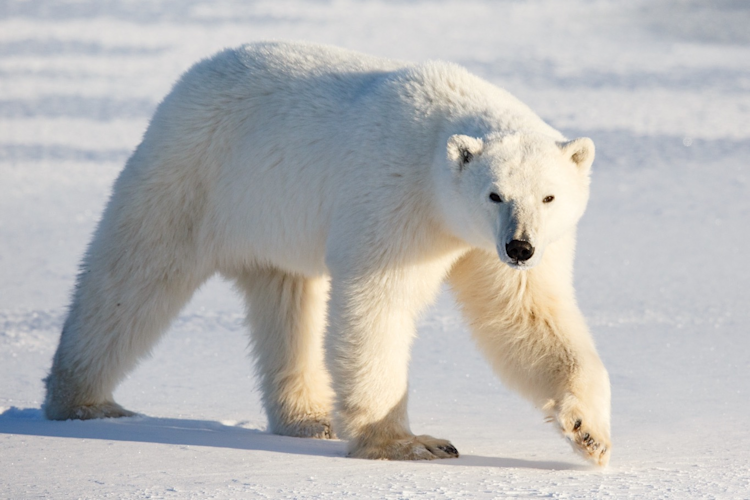
Bear Attacks and Causes
Understanding why polar bears attack is critical to protecting both polar bears and people. Our senior director of conservation, Geoff York, contributed to a comprehensive study on the frequency and causes of polar bear attacks, led by Dr. James Wilder of the U.S. Fish & Wildlife Service.
Additional Initiatives
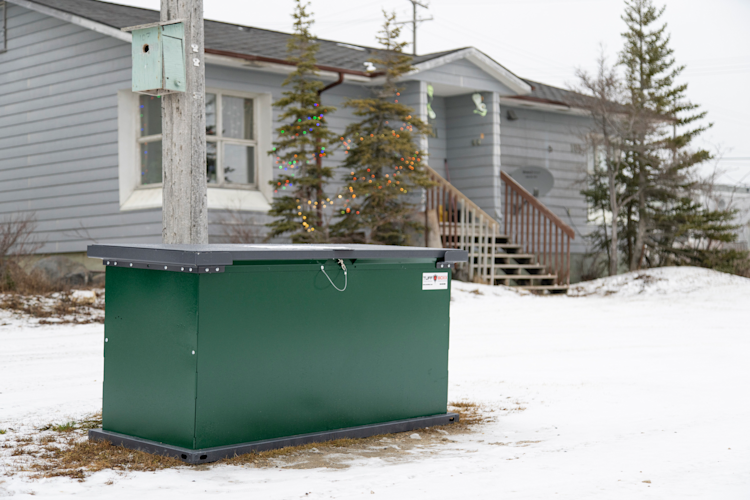
Polar-Bear-Safe Waste Bins
With their amazing sense of smell, polar bears can detect potential food and novel scents from great distances. It's important that potential attractants like waste be stored in ways that don’t provide the bears with food rewards that encourage them to return to or remain near human activity.
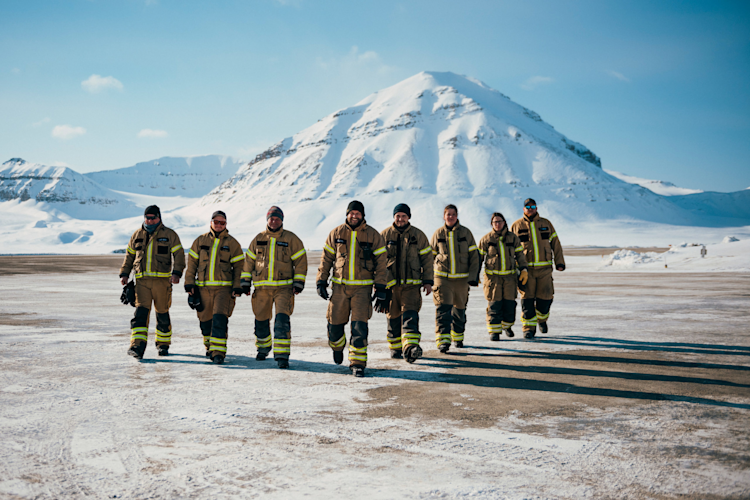
World Ranger Day Award
Periodically, we present our award to an individual or team working to help polar bears and people coexist. Past recipients include dedicated front-line rangers from Canada, Greenland, Norway, Russia, and the United States.
Latest News
Photo: Tim Auer / Polar Bears International
